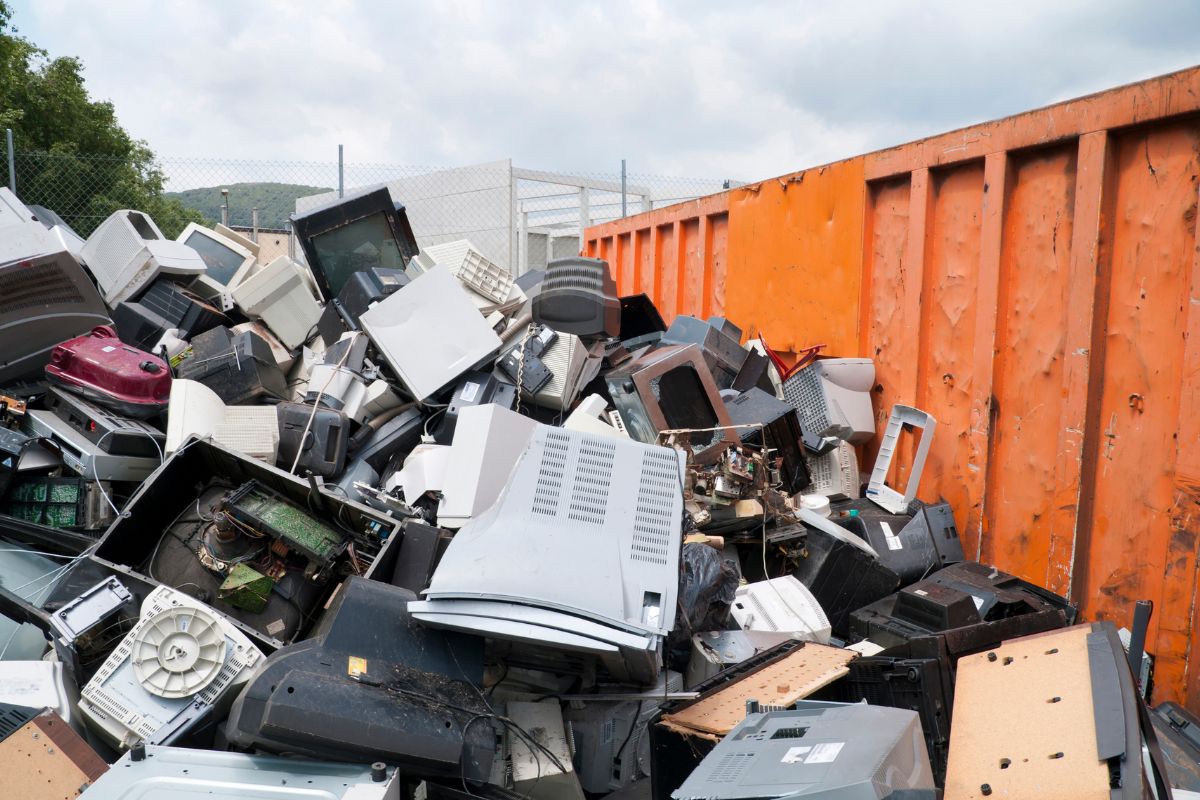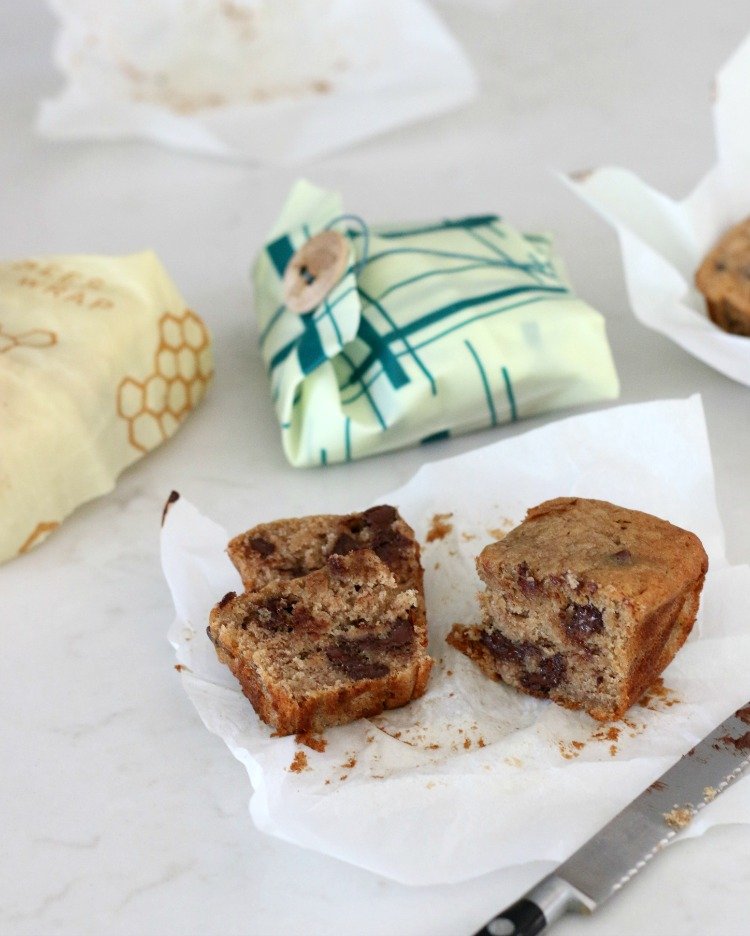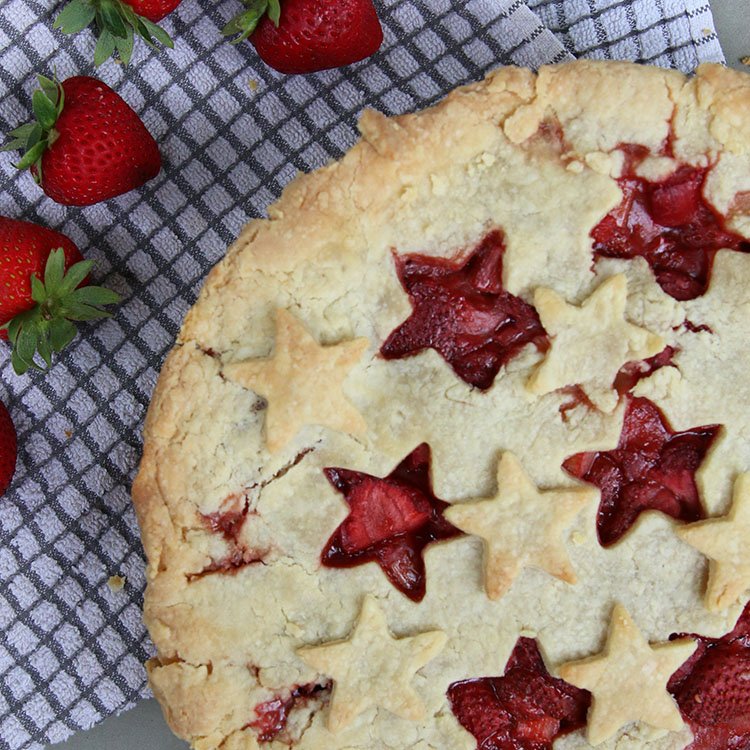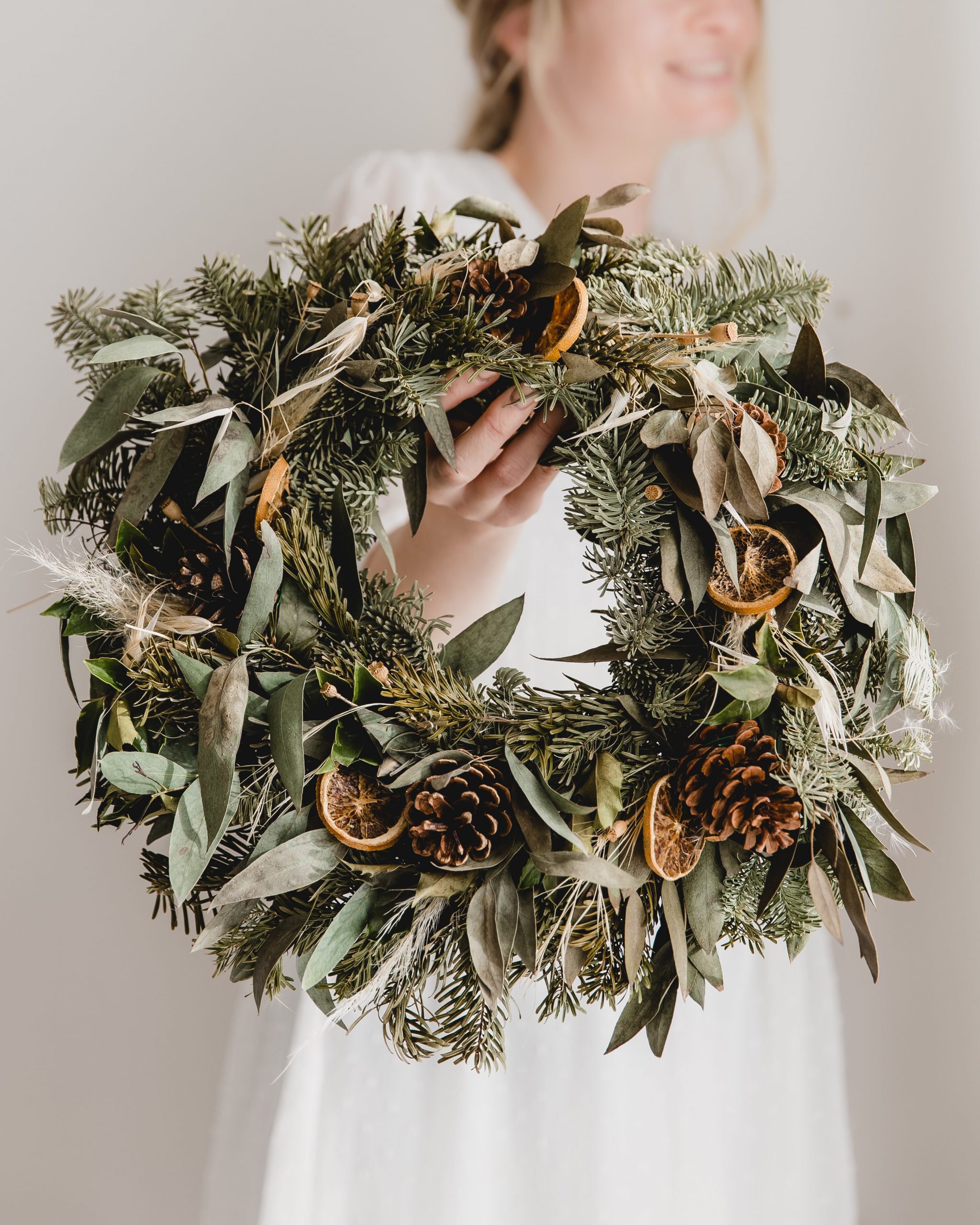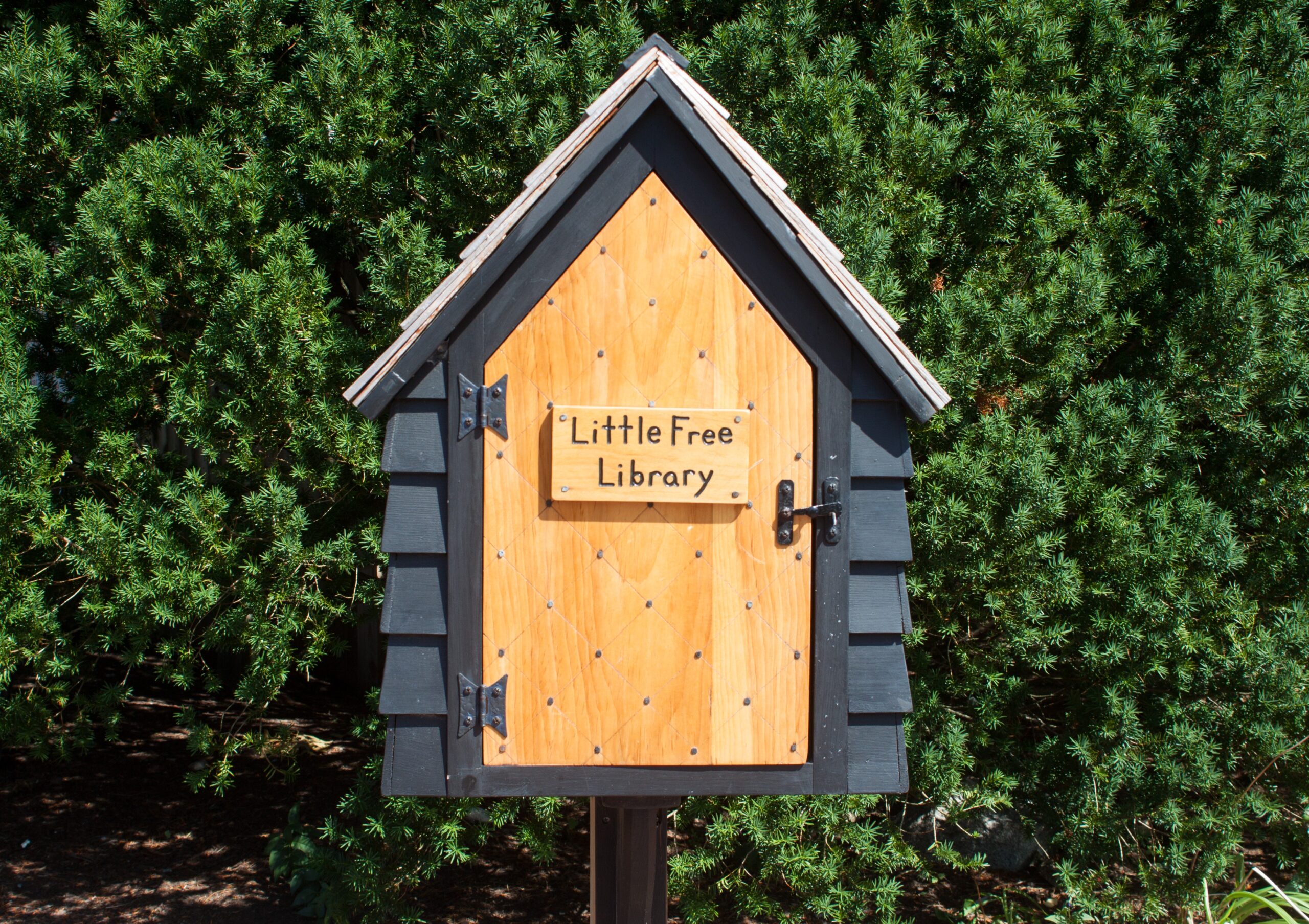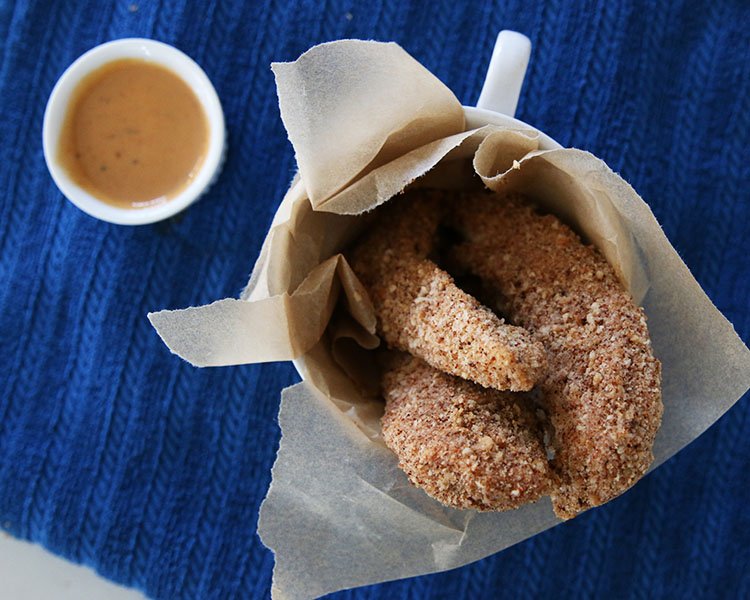17 Eco-friendly Resolutions We’ve Made (and Kept)
Are you making eco-friendly resolutions or setting intentions for a more sustainable lifestyle? Here are 17 sustainable resolutions we’ve made and kept through the years!
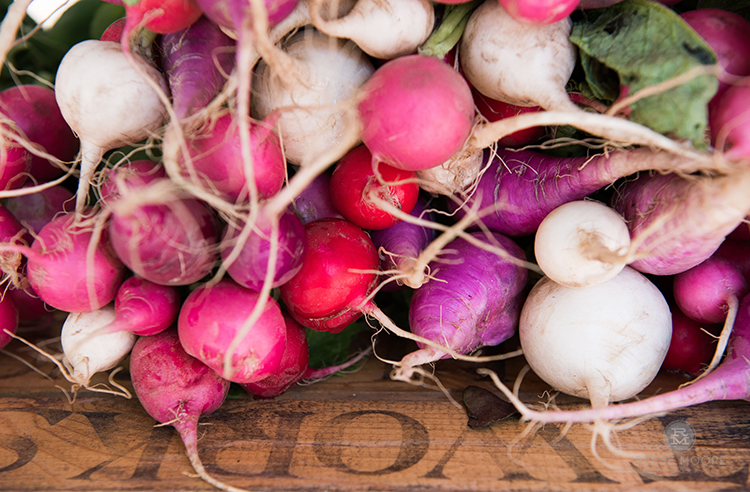
Someone once said, “A journey of a thousand miles begins with a single step,” and never is that more true than when you’re approaching a zero-waste lifestyle or making personal strides in sustainability.
Today, it gives me so much satisfaction to look back on our journey and see how far we’ve come. When my husband and I first started pursuing a more zero-waste lifestyle, however, we struggled by trying to change everything we were doing all at once. Too many additional steps and unfamiliar products in our daily routine made the experience stressful, and we started to abandon some of our eco-friendly goals because it was just… too… much or we had failed too many times in a row.
We’ve learned that establishing a routine can help you keep your eco-friendly resolutions or set more realistic sustainable intentions. Here are 17 sustainability intentions we’ve set and kept through the years!
Keeping reusable water bottles or coffee mugs everywhere.
We own more reusable water bottles and coffee mugs than Kim Kardashian owns shoes. When we first committed to “going green” several years ago, we had the hardest time remembering to pack a water bottle. Now, we just keep additional bottles in our cars, backpacks, and sports bags! Even if we bring one inside to clean or refill, we almost always have an extra one on hand.
Refusing single-use bags almost every time, even when it’s awkward.
Do you ever find yourself accepting a plastic or paper bag you don’t want or need for small purchases? Where we’re from, it often blows people’s minds that you’re declining a bag, and the resulting conversation can be a bit awkward. “Are you sure?” “You really don’t want a bag?” “Here, let me just give it to you anyway.”
While that sometimes used to give me pause (or frankly, I was just too tired to have “the bag” conversation every time), I’ve found that if you politely start the conversation early, it usually gets easier. After greeting my cashier, I now go on the proactive side and say, “I actually don’t need a bag today. Thank you, though.”
For smaller purchases, I usually slip them right into my big ole honkin’ purse. If I’m at a clothing store, I’ll just carry the folded clothes out with the receipt on top since we’re normally parked nearby anyway.
Switching to eco-friendly laundry detergent sheets.
One of our more recent changes was switching to Earth Breeze laundry detergent sheets. Not only is there substantially less packaging going into the recycling bin, but the detergent sheets work just as well on my husband’s stinky workout clothes and near-constant string of coffee and food stains. (I joke that he’s losing the war on gravity.)
Do you struggle to remember to reorder whatever newest zero-waste item you’re committing to in order to get it on time? Dude, me too. Fortunately, Earth Breeze laundry sheets are available as a subscription directly from their website or from Amazon, so it takes one more item off your plate.
Related Reading: 9 Easy Tips For A More Eco-Friendly Laundry Room

Composting almost all our kitchen waste.
I’m going to be honest: I suck at composting. I’ve tried compost tumblers, worm composting, and compost piles, and I’m just too disorganized and forgetful to keep up with it. (My compost horror stories are not suited for even the darkest corners of the internet.) Fortunately, a certified B corporation called CompostNow offers curbside compost pickup in our area.
Not only is there no shame in paying someone else to take care of your compost, but because CompostNow takes our compost to an industrial facility, we’re able to compost so much more than most people. Thanks to CompostNow, we’re able to compost meat, bones, fish products, pet food, dairy, nuts and nut shells, paper towels and paper towel rolls, BPI-Certified Compostable packaging, pizza boxes, cooking oil, wine corks, plain wax paper, and more.
Want to start composting? Check out all the composting resources on Honestly Modern!

Recycling or composting our wrapping paper.
I love the holidays, but it is a super hectic time for us, so I wasn’t sure our “do better at wrapping paper” resolution would stick. We’re several years in, and not only have we learned to love our creative, eco-friendly wrapping paper, but our families have gotten used to me separating our paper from the trash heap for proper disposal – and they even help remove the tape. How’s that for some amazing in-laws?!
Related Reading: We have a whole series on sustainable gift wrap ideas, including DIY compostable wrapping paper, zero waste wrapping from shipping materials, answers about whether you can compost wrapping paper, and so much more!
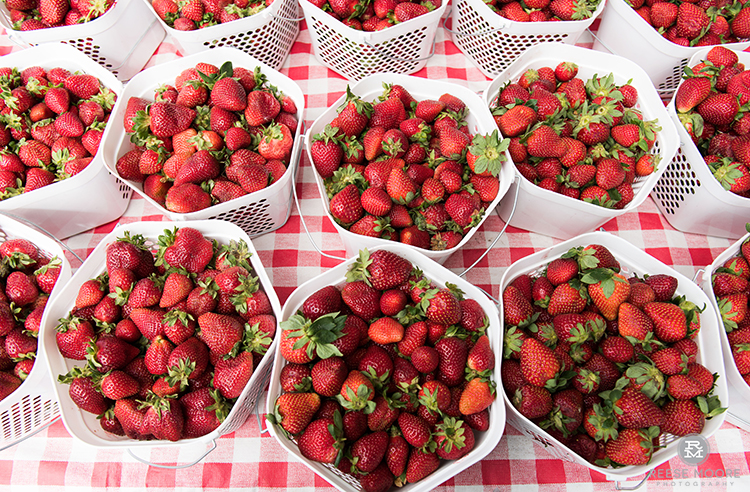
Supporting local farmers.
I’m a huge small farm advocate, but these days, our schedules never seem to align with the local farmers markets. However, we’ve managed to stay committed to supporting local farms by signing up for a Community Supported Agriculture share (CSA) and receiving home deliveries from a regenerative meat and dairy farmer, which have made it way easier to stay on track with our goals.
Related Reading: 9 Reasons to Love U-Pick Produce for Green Living
Avoiding single-use plastic utensils.
Pre-pandemic, we were on a roll with bringing our zero-waste cutlery kits wherever we went. We fell out of that groove, but now we’re getting back on track. When we forget to bring our own, we try to share utensils. We also make an effort to avoid single-use plastics by making a note on our takeout orders and checking the bags when picking up food. Sometimes those cellophane-wrapped utensil sets still sneak into our house, however, and we place the unopened sets in “Blessing Boxes.”
If you’re unfamiliar with Blessing Boxes, they are community-provided boxes containing food, toiletries, and essentials for those in need. They’re also called Little Free Pantries (and similar to Little Free Libraries). It can be easy to forget that not everyone using your local Blessing Box has access to a kitchen or clean utensils.
I haven’t managed a Blessing Box, but I did steward a Little Free Library, and I think some lessons apply to both. If you’re considering starting your own Blessing Box or Little Free Library, here are 10 things I learned during my first year as a Little Free Library steward. Even if you don’t want to manage your own, it’s always helpful to contribute to others.

Using bar soap.
Switching to bar soap from liquid hand soap and body wash was the first environmental change we made on our journey to living more sustainably, and it was one of the easiest. Bar soaps use 20 percent less packaging than their liquid counterparts, which are usually classified as detergents and not soap, but you also use 7 times less product when you use bar soap.
Not only did switching to bar soap not add any additional “work” to our daily routines, but luxurious soaps are available almost everywhere. Did my husband and I expect to become passionate soap connoisseurs? No, but you may hear us lustfully murmuring, “Oh, smell this. That’s lemongrass with activated charcoal. Oh, that’s nice, reeeeeeal nice,” in the checkout line at Whole Foods.
Recycling old Christmas lights.
Yes, I have zero-waste goals, but y’all, I love decorating for holidays. I want you to be able to see my holiday lights from space. How does this align with our eco-friendly goals? Honestly, it doesn’t.
Our compromise has been investing in better quality lights that last longer, and every year, we pack up a box of broken string lights and send them off for recycling. This year, we had friends drop their broken lights at our house to send off as well!
And if you’re not convinced my holiday decorating is next level, I loved making this larger-than-life DIY gift box for our yard with upcycled pallets and holiday lights.
Recycling our old clothes and shoes.
Do I still own some questionable t-shirts from my college clubbing days? Maybe, I’ll never tell. However, everything wears out eventually. What clothes and shoes we can’t sell on ThredUp or donate to Goodwill, we set aside for recycling. We keep a bag on the door to our laundry room, and whenever it becomes full, we take it to the nearest clothing recycling dumpster.

Making DIY fire-starters from items diverted from the waste stream.
The first time I made DIY fire-starters, I was looking for a way to repurpose some of my Christmas tree. Once I realized how easy and effective it was to divert items from the waste stream, these fire starters became a constant in our household!
When we don’t return our empty cardboard egg cartons to our local farmer, who appreciates it when we do, I separate the cardboard well tray from the lid and fill it with expired spices and dried citrus peels. I also use the residual wax from spent candles. I store the in-progress fire starters on top of our fridge, and I picked up a used loaf pan at the thrift store to house any unused candle wax.
If you want to make them for yourself (and I highly recommend it), here is everything to know about making aromatic homemade fire starters and a tutorial to make your own DIY fire starters. You won’t regret it.

Using reusable can lids.
Zero-waste changes that save money, make your life easier, and cause minimal lifestyle modifications are usually the easiest to stick with. We switched to reusable silicone can lids early in our green journey, and we seldom use aluminum foil these days.
Donating our old boxes and bags.
Recycling is great, but reducing the demand for new boxes and bags by repurposing existing ones is even better. The antique market by our house happily accepts and reuses plastic bags, paper grocery bags, gift bags, and small to medium cardboard boxes in lieu of purchasing new ones to use for their customers.
We keep a small box behind a bench in our kitchen to save bags and boxes for the market, which is directly on my way to and from work.
Related Reading: 13 Fun & Easy Ways To Reuse Amazon Boxes
Skipping plastic produce bags.
Plastic produce bags have always confused the bejesus out of me, making them one of the easiest single-use plastic items to skip on our journey to a greener life. What’s wrong with your red pepper touching your carrots? Aren’t you going to wash all of them before you eat them anyway? While a lot of our produce comes from our CSA, as mentioned above, we’re also grocery store anarchists, throwing our bananas in with our potatoes like complete savages.
If you tend to order groceries online, you can make a note in the order to skip produce bags. And don’t forget to try some of these other tips for sustainable food shopping if you’re ready to make the leap.
Using our own straws.
We live in a coastal community where the impact of littered drinking straws is readily visible. In addition to our absurd collection of reusable water bottles and coffee mugs, we also have a plethora of metal and glass drinking straws.
The most important contributing factors to integrating reusable straws into our routine have been 1) rinsing them with water immediately after use, especially if you’re using them for smoothies, and 2) owning several good brush cleaners.
Giving experiences.
I love wandering a toy store, but I always leave overwhelmed by the sheer volume of plastic and packaging, and our nieces and nephews’ parents always seem equally overwhelmed by how many toys their kids have. Several years ago, we shifted to giving experiences instead of gifts, and it’s been a really fun new tradition. Here are 21 experience gifts for preteens (and how to gift them!).

Picking up litter.
Years ago, I challenged myself to do 5-minute litter pick-ups every day for a month. The clean-up challenge became a resolution, and we make a point to pick up litter everywhere we go now. You can even set a date to do litter pick-ups with friends instead of more traditional activities like lunch or drinks. (It’s basically going for a walk or hike with a trash bag, so not as weird as it seems… right?).
This year, we’ve resolved to engage with a different environmental non-profit each month. I’ve also set intentions to bring my own to-go containers for leftovers when eating out and support wildlife habitats on our property.
What are your eco-friendly resolutions or sustainability goals for the new year?
All photos via Reese Moore Photography
If you enjoyed 17 Eco-friendly Resolutions We’ve Made (and Kept), you may also enjoy:
Best Ever New Year’s Brunch Casserole with Wildgrain Sourdough and Good Luck Salsa
Sustainable Decluttering To Start the New Year
6 Easy and Free Eco-Friendly New Year’s Resolutions You Won’t Give Up
About the Author

Reese Moore
Reese Moore is a photographer, content creator, and pickle connoisseur who divides time between Charleston and Lake Lure. When she’s not behind the lens shooting stunning images for Reese Moore Photography, Reese loves to spend her time wandering the woods with her dog Gatsby or adventuring with her husband Logan in their Airstream Basecamp.

